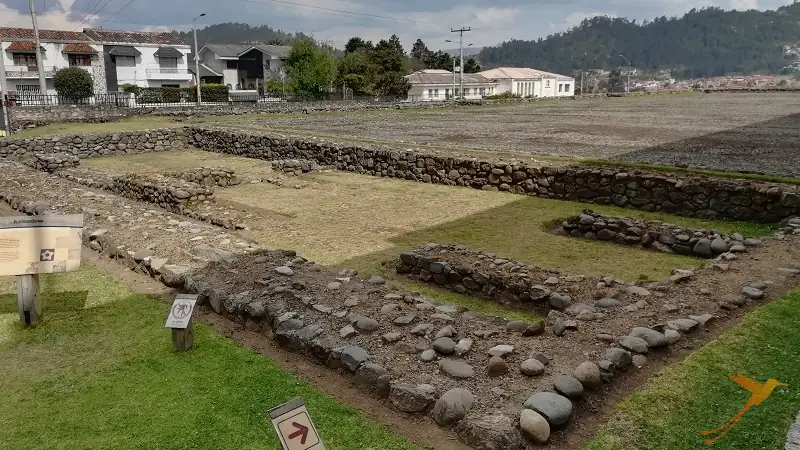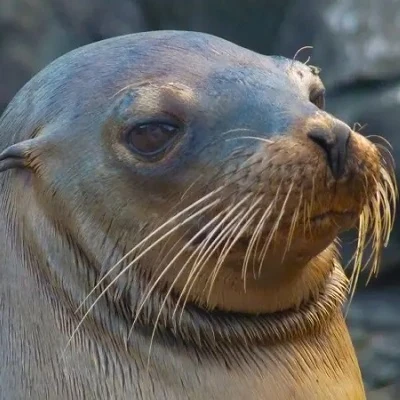
You can find many different museums in Ecuador. From tiny community-run exhibitions to pompous art museums of the so-called Quito school, there is a museum for every taste. The staff of SOLEQ.travel ranked their favorite museums in Ecuador. Unfortunately the National Museum with the famous Gold Room is currently closed for renovation, which is why it does not feature in our list.
1. Capilla del Hombre (Astrid)
The “Chapel of Man” is Ecuadorian artist Oswaldo Guayasamin’s master piece and one of the most famous museums in Ecuador. Set above the city of Quito in the Bellavista neighborhood, it is a museum and work of art at the same time. As a chapel it is not dedicated to a deity, but to humankind and especially to the peoples of Latin America and their struggles. Guayasamin was Ecuador’s most famous artist of the 20th century. He comes from a poor family, his father was indigenous and his mother mestiza. He passed away in 1999 without having seen his Chapel finished.
Address: Mariano Calvache E18-94 y Lorenzo Chávez. Bellavista. Quito.
Opening Hours: Mon – Sun 10am – 5pm.
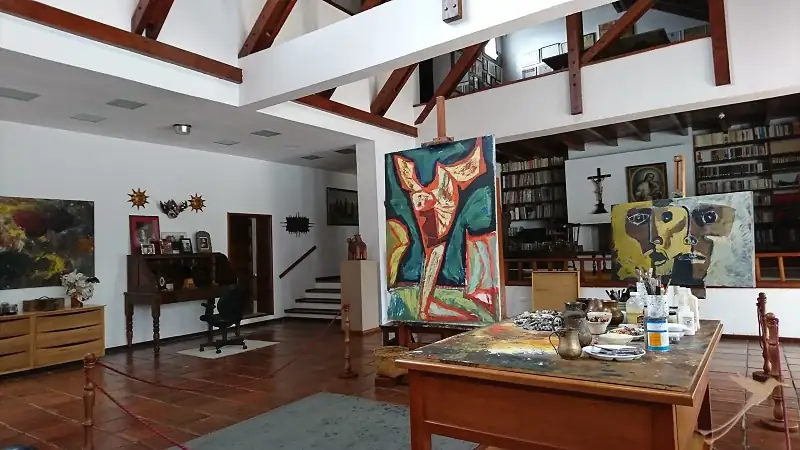
2. Museo de la Ciudad (Yamileth)
The building that now houses the Museum of the City was for many years the San Juan de Dios Hospital, dedicated to serving the physical and spiritual health of the people. Nuns were in charge of patient care using natural medicine made in the same hospital pharmacy, and fed them with products from their own orchard and farm. The hospital had its own cemetery where they buried those who died right there. The museum today has exhibits about the history of the first inhabitants, Quito’s history in the 16th, 17th and 18th centuries, and of course the hospital building itself.
Address: García Moreno S1- 47 y Rocafuerte, Boulevard 24 de Mayo y García Moreno, Quito.
Opening Hours: Tue – Sun 9:30am – 5:30pm

3. Parque Histórico (Diego)
If you stay in Guayaquil, do not miss the opportunity to visit the “Parque Historico”, one of the few open-air museums in Ecuador, just 45 minutes from the center. In here you will be part of this magic place in real contact with the nature, history and traditions of the population of our Ecuadorian coast. You will have the chance to see the houses from the time of the cacao boom, when the coast lived times of economic wealth. On weekend there are parades with our traditional Ecuadorian music.
Address: Ciudadela Entre Ríos, Av. Rio Esmeraldas, Guayaquil.
Opening Hours: Wed – Sun 9am – 5pm
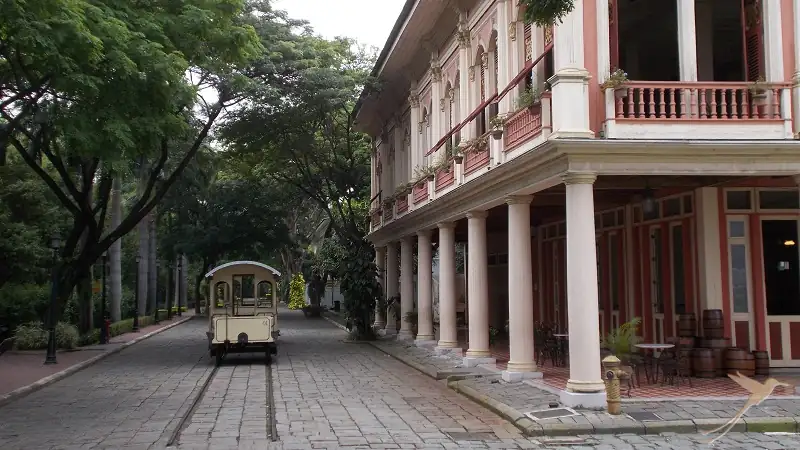
4. Casa Alabado (Astrid)
The beautiful colonial building of the Casa Alabado alone is reason enough for a visit. The collection of pre-Columbian pieces showcases early Ecuadorian works from different cultures. The halls are organized according to common themes rather than cultures. There is, for example, a hall about the world of the ancestors, one about spirituality and one about shamanism. The hall about the world axis explains the pre-Columbian cosmovision of three interconnected worlds. Until today indigenous cultures believe in this, and that the shamans are the ones who can “visit” all three worlds.
Address: Calle Cuenca N1-41 y Bolívar, Quito.
Opening Hours: Mon – Sun 9am – 5:30pm
5. Ingapirca (Diego)
This beautiful place is one of the larger sites of the Incas in Ecuador, close to Cuenca. Ingapirca is kichwa and means “Inca’s Wall.” The Incas built the fortress, destroying the temple of the Cañaris at the same place. You can admire the Incas’ bath and the terraces where they planted fruits. The complex of Ingapirca had different uses, for example military but also as an astronomical observatory. At the beginning of the trail you will see a rustic hut that represents a traditional house. During your visit, a guide will explain to you the different ceremonies and rituals. At the end you can take a short walk to the “Inca’s face”, a rock formed like a human head. This place is also part of our Ecuador Highlight Tour.
Address: Ingapirca in Cañar Province, 55 miles from Cuenca
Opening Hours: Mon – Sun 9am – 5:30pm
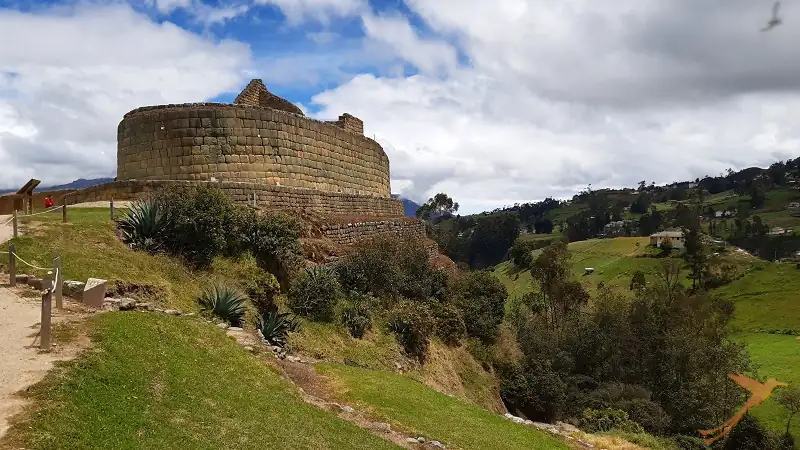
6. Intiñan (Dayana)
Intiñan means “the way of the sun.” This museum was started in 1960 in order to conduct scientific studies on the equator. It is located in the valley of Lulubamba, about 15 miles from Quito in the town of Mitad del Mundo (Middle of the World). The museum’s guides show with physical experiments that you are actually at 0° latitude. You can, for example, make an egg stand upright on a nail’s head or observe in which direction water goes down the drain, depending on the hemisphere. A different part of the museum holds an exhibit about pre-Columbian cultures. The Museum Intiñan is a fun and educational place that attracts many tourists who want to see with their own eyes that they are on the equator. If you are interested in visiting this museum, consider our Andes Tours with vists to Quito’s museums.
Address: Autopista Manuel Cordova Galarza, 200 meters from the roundabout at Mitad del Mundo, on the road to Calacalí.
Opening Hours: Mon – Sun 9:30am – 5pm
7. Museo Fray Pedro Gocial (Dayana)
Inside the convent of San Francisco in Quito is the Museum Fray Pedro Gocial with about 300 pieces of artwork from the 16th to the 18th century. Paintings, sculptures, gold work, paper and textiles show the brilliance, talent and Catholic faith of the Quiteños. The exhibition rooms are: Gallery of the Life of St. Francis, Canvas Hall about the miracles of St. Anthony of Padua, Gallery of the Holy Week Procession, Hall of the Christian Doctrine with works by Miguel de Santiaga, the Alabaster Hall, and the Mariana Hall which contains Bernardo de Legarda’s master piece, the Immaculate Virgin of Quito. Of all the museums in Ecuador, this is the most important one for religious art and also one of the most important ones in America.
Address: Calle Cuenca y Sucre. Plaza de la Iglesia de San Francisco, Quito.
Opening Hours: Mon – Sat 9am – 5pm, Sun 9am – 1:30pm
8. Maria Augusta Urrutia's House (Silvia)
This house belonged to a remarkable woman of the 20th century. She was orphaned at the age of three and became the heir of some properties. She was married at the age of 20 but she was widowed early and never had children. María Augusta began her charity work and she decided to start the Foundation Mariana de Jesus in 1939. A visit to this house takes us back in the time to beginning of the 20th century. All objects are Maria Augusta’s and just as she liked them. There are, for example, big collections of “modern” domestic articles of the epoch, furniture of European style, pieces of art and a permanent exhibition of 78 pieces by artist Victor Mideros.
Address: Garcia Moreno Street between Sucre and Bolivar, Quito.
Opening Hours: Tue – Sat 10am – 6pm, Sun 9:30am – 5pm
9. The Mummy of Guano (Yamileth)
This museum is the main attraction in Guano, Chimborazo Province. In the 20th century, there was an earthquake that destroyed the entire canton. The inhabitants decided to first rebuild the church. While they removed the debris, they found the mummified body of a Franciscan friar who was believed to be the guardian of the church, and a small mouse. According to studies this body is about 500 years old. The museum now exhibits some maps of the area on handmade carpets made by the local people, a bit of history of the canton, and of course the famous mummy.
Address: Next to the Park del Rosario, Guano.
Opening Hours: Mon – Fri 8am – 5pm. Sat 8am – 5:30pm
10. Pumapungo (Silvia)
If you are in Cuenca, we invite you to visit Pumapungo. There are different rooms, one of them exhibits various archaeological pieces that are part of tangible testimony of how the Cañari culture was. In addition, this site has an ethno-botanic park with 200 species of native plants and Andean trees. Part of this is an archaeological complex where you can see the terraces they built for planting in honor of the sun and the ascension of the spirits adored by Incas.
Address: Calle Larga and Huayna Capac, Cuenca.
Opening Hours: Tue – Fri 8:30am – 5:30pm, Sat & Sun 10am – 4pm
